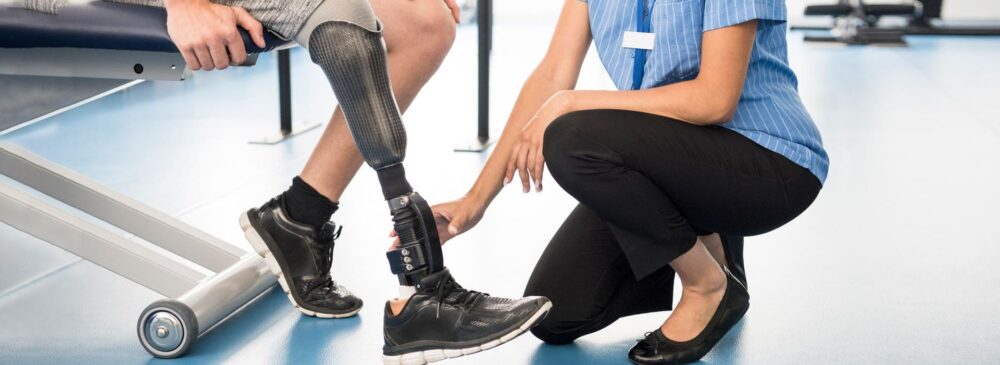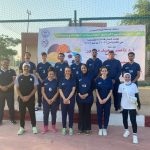Upon graduation, you will be able to:
Formulate appropriate prosthetic and orthotic prescriptions for a wide range of clinical situations.
Work efficiently in the rehabilitation team under the supervision of the physician and communicate effectively with the rest of the medical team and patients with professionalism.
Take accurate measurements of patients and manufacture prosthetic and orthotic devices with the utmost craftsmanship.
Supervise workshops for prosthetic and orthotic devices and evaluate the quality of the product and its suitability to patients’ conditions.
Implement new techniques and carry out comparative studies in a scientific way that takes into account the cost-effectiveness for patients.
Identify cell biology, give examples of basic tissues, their properties, and structure, and compare and contrast the structure and properties of biological substances.
Describe surface anatomical structures of the lower limb, upper limb spine, and trunk and understand the inter-relations between the systems described.




